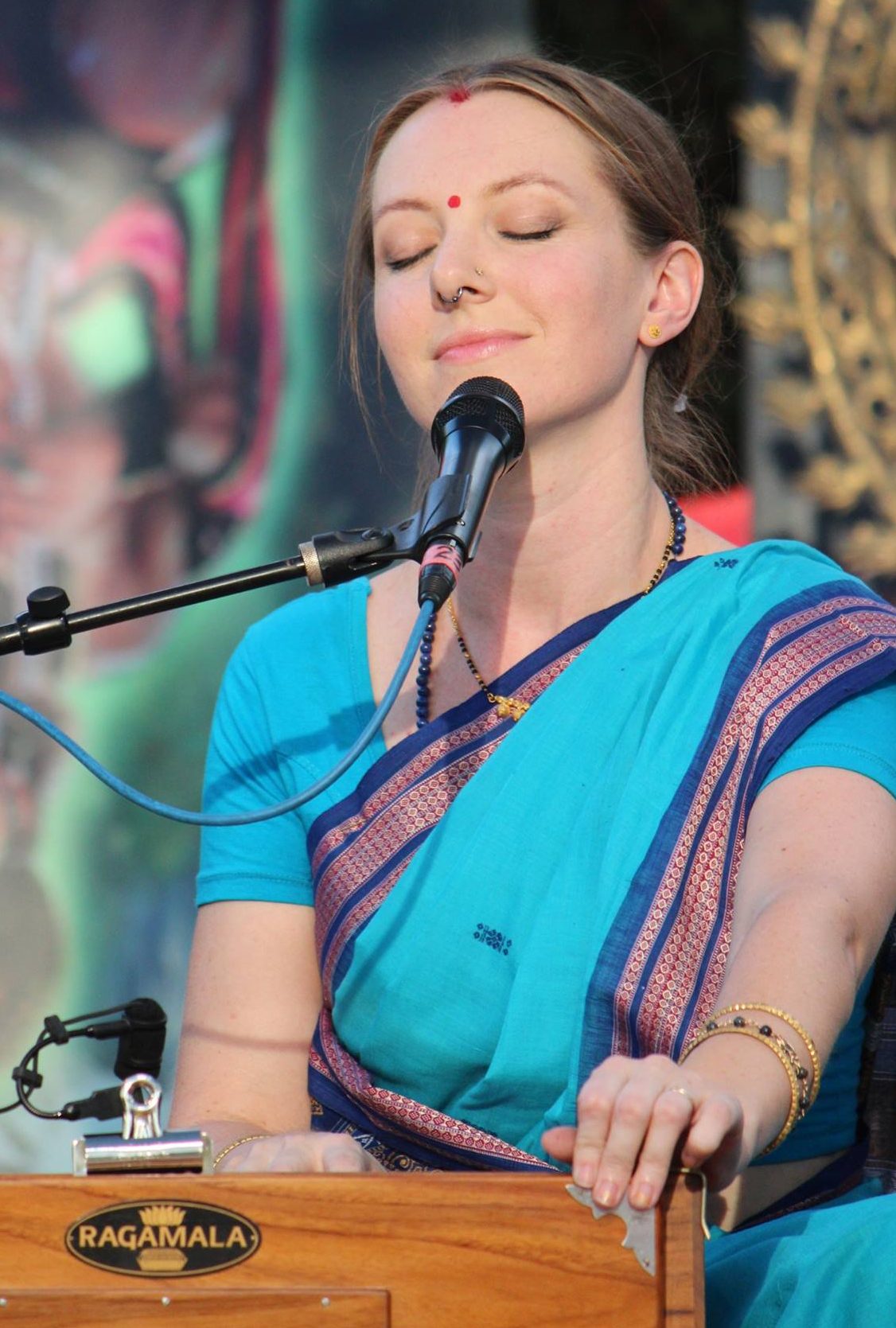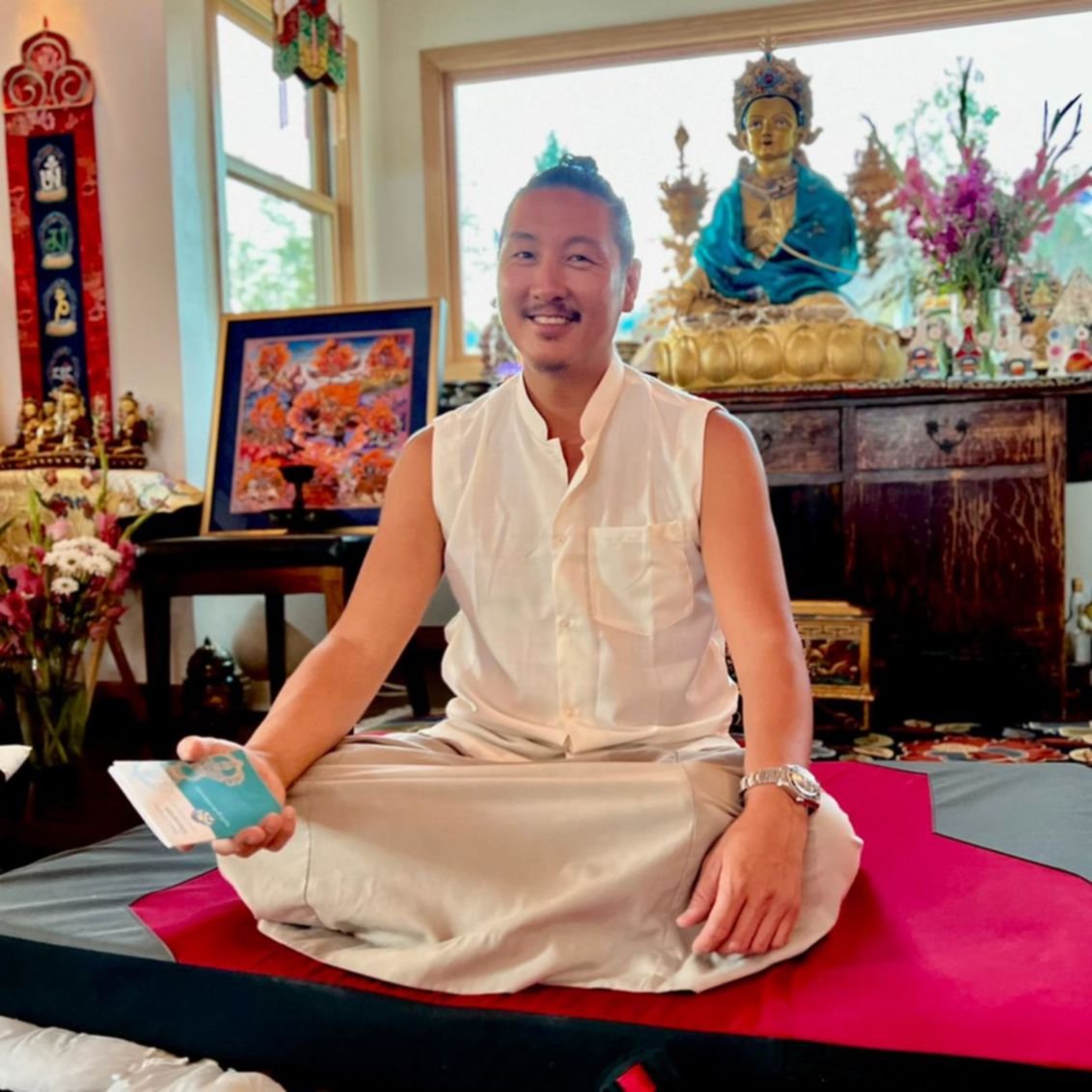When I first heard about aerial yoga, I thought it sounded like a gimmick. When I heard about aerial inversions, though, I was all in. And, indeed, one of my favorite things about aerial yoga is spending time hanging upside down, enjoying the world from a new perspective, without any need for upper body strength. The truth is, aerial yoga IS yoga, and has its roots deep in the yoga tradition.
B.K.S. Iyengar, known (among other things) for his innovative use of props to facilitate proper alignment in yoga asana, used slings hung on the walls of the studio. He called the poses done with slings kurunta yoga, or puppet yoga, and it is still taught in this form in Iyengar schools. He was known to remark that he took inspiration from many paintings from an earlier time, which showed practitioners doing poses suspended by ropes. Probably the best known of these is Shiva and Parvati on Mount Kailash. The central image, of a yogi hanging upside from a tree branch, is readily viewed on many internet sites. There are also several illustrations of asana using ropes from the Hatha Yoga Pradipika.
Kurunta yoga in Iyengar school can be fairly complex, with a variety of handholds and loops to support the body. By contrast, aerial yoga (as it is currently practiced) is relatively simple. Rather than a sling, aerial yoga uses a hammock that is hung over the floor, not against the wall. The hammock makes one loop, and one loop only, but that loop is fertile ground for a variety of poses that offer deep insight into movement patterns we may not be aware of.
The inherent instability of the hammock allows us to work into a deeper stability of our own. Its swinging movement helps to deepen stretches and brings a playful dynamic to the forefront. As it supports our weight in inversions, the spine is free to lengthen and open. Even when we are fully off the floor in the hammock, it can help us deepen and ground. It is not uncommon to hear of teachers who developed an aerial yoga practice while rehabbing an injury sustained in an acrobatic performing arts career; people often find aerial classes therapeutic.
Nowadays, there are a variety of aerial styles ranging from flashy and high flying, to simple poses translated directly from a mat practice. There are several established schools of aerial yoga with different aims and philosophies, websites and books that offer aerial instruction, and countless videos on Instagram. Aerial yoga has established itself as a legitimate branch of the yoga practice.


















2 replies on “Modern Blossoms on an Ancient Tree”
I didn’t know this history, and I appreciate your knowledge on the subject. Thank you, Sarah!
Thank you, Amy!